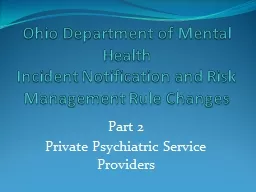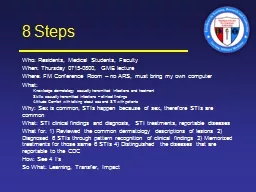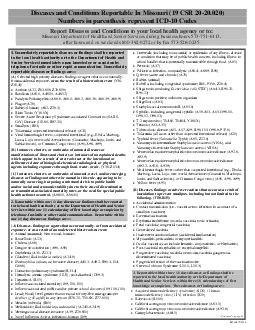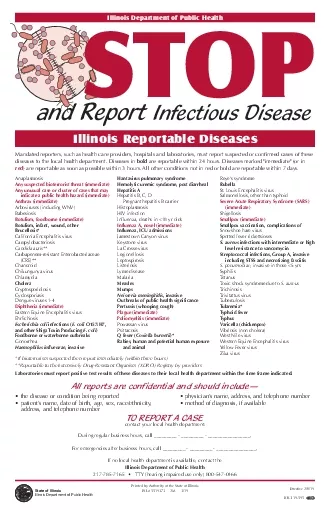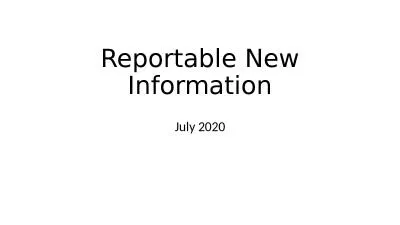PPT-Slide 1 Serious Reportable Events in 2017
Author : kittie-lecroy | Published Date : 2018-11-10
Acute Care Hospitals NonAcute Care Hospitals and Ambulatory Surgical Centers Katherine T Fillo PhD RNBC Director of Clinical Quality Improvement Bureau of Health
Presentation Embed Code
Download Presentation
Download Presentation The PPT/PDF document "Slide 1 Serious Reportable Events in 20..." is the property of its rightful owner. Permission is granted to download and print the materials on this website for personal, non-commercial use only, and to display it on your personal computer provided you do not modify the materials and that you retain all copyright notices contained in the materials. By downloading content from our website, you accept the terms of this agreement.
Slide 1 Serious Reportable Events in 2017: Transcript
Download Rules Of Document
"Slide 1 Serious Reportable Events in 2017"The content belongs to its owner. You may download and print it for personal use, without modification, and keep all copyright notices. By downloading, you agree to these terms.
Related Documents


